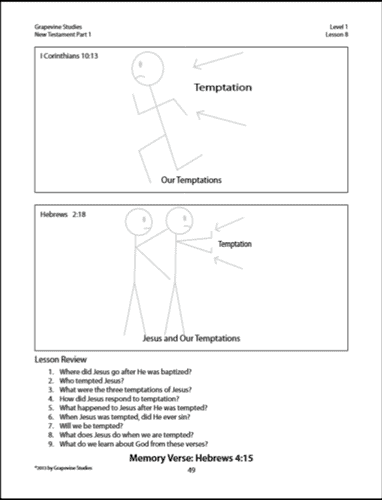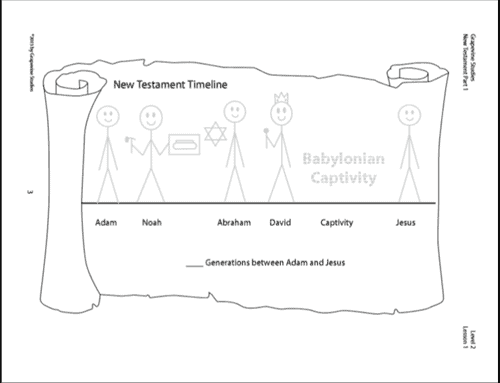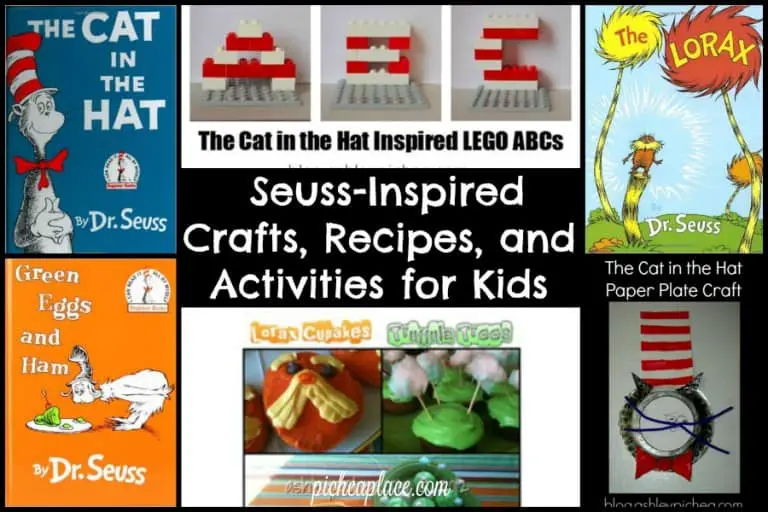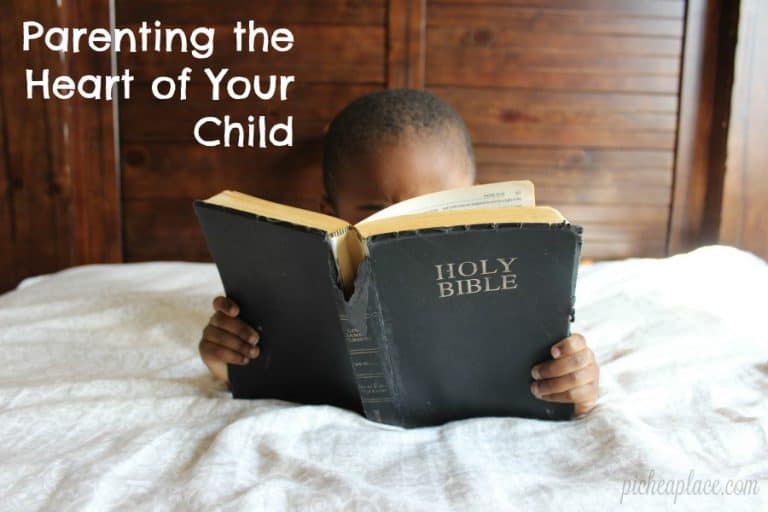How to Study the Bible (for kids)
One of the best ways to grow in your faith is to study the Word of God, and you’re never to young (or too old) to start.
Over the past year or so, we’ve been using Grapevine Bible Studies in our home to teach Jenny how to study the Bible.
She is at the point now where she is able to study the Bible on her own each day using a Grapevine study as her guide.
Teaching kids to be able to study the Bible on their own requires modeling and walking them through each step in the Bible study process.
It is also imperative not to overwhelm them when you are teaching them to study the Bible, so finding a Bible study curriculum that is challenging yet at their level is crucial.
With so many Bible study options available, why do we use Grapevine?
I discovered Grapevine Bible Studies in early 2012, and I was instantly intrigued. Never before had I seen a Bible study curriculum that used stick figures as its illustrations. And not only that, but it had the students DRAWING the illustrations as they read through the Bible.

Stick figures are cool, but what about the Bible?
One of the things I LOVE about Grapevine is that they don’t write “topical” Bible studies.
Caveat: there is nothing wrong with a good topical study, but studying the Bible in a “big picture broken into bite-sized pieces” method is critical for forming a solid foundation and understanding of the Word of God.
I love that Grapevine starts with an overview of the entire text being studied before jumping into the bite-sized pieces. One of the key steps for studying a portion of Scripture is to understand the context in which it was written.
The overview in lesson one of the New Testament study from Grapevine starts with Adam and shows where the New Testament fits in the scope of history and God’s plan of redeeming mankind.

I do lesson one with Jenny, talking through each point on the timeline overview with her to help her understand the context of the Scripture she will be studying for the next several weeks.
After teaching kids how to determine the context of the Scripture they are going to be studying, Grapevine studies guide the kids through the text in bite-sized chunks.
Jenny does the “bite-sized chunk” lessons on her own. She looks up the passages for each drawing and then traces the drawing in her notebook. Once she gets to the “Lesson Review,” I check her answers to see if we need to go back and re-read any of the Scripture together to be sure she is understanding what she is reading.
Grapevine has several levels of Bible study to choose from depending on your child’s age and ability. Each level increase adds an element of Bible study to deepen your child’s understanding of the Scriptures.
Teaching kids to study the Bible on their own is important so that they are able to build a solid foundation of faith on the Word of God, not merely accepting what they hear taught at church and at home, but seeking out Truth for themselves with the guidance of the Holy Spirit.
This post was originally published in 2013.








I’m in the process of reviewing Grapevine’s Traceables, and we’re loving them! We’re even able to modify them for my son’s special needs. I love it incorporates reading, discussion, and the kinesthetic act of drawing/tracing to help remember the content.
The flexibility with Grapevine to modify them to your child’s strengths is one of the things I love most!
Hi, I just came across Grapevine on Pinterest then your review. I was going to use My Father’s World 1st Grade next year for my son but I won’t be using the reading/writing and math portion of the curriculum, plus it’s over $200, I don’t want to spend that much on something I won’t even be using 2 major pieces of. But I really love that MFW takes you through the Bible chronologically. So, a couple of questions, would you recommend Grapevine for a 1st grader and is it something I could do in chronological order…or do I need to do it in order bc there is a timeline that will visually show the order…? Thanks!
After posting the above questions, I went to your link, a different link than the one I originally saw with much more explination on the Levels and such. So now my question is Beginner is 5-7 and Level 1 is 6-8 (why does there have to be an overlap to confuse me!?), which do you recommend for a 1st grader?
This is the first time I’ve used a level other than the “multi-level” curriculum. Personally, I prefer to get the more advanced level curriculum and then tailor the depth of study to where my kids are at that point in time. My plan is to be able to reuse the curriculum again as they get older, taking them deeper into the Word with each pass through.
So, to answer your question – I would probably go with the Level 1 curriculum and then be ready to “skip” a step in the study if it becomes too much for your 1st grader.
What are the colored tabs in the bible for? How are you using that.
The colored tabs are part of our Child Training Bible set. You can learn more about it here: https://picheaplace.com/child-training-bible-review-and-giveaway/
I’m still confused, so if I order the level one and start new testament, there are still several options, I really just want the first lesson or two… Is that this one??…http://www.grapevinestudies.com/Level-1-New-Testament-Traceable-Family-License-eBook-Pt-1-Birth-of-John-to-Jesus-Ministry-_p_652.html
Thanks this is awesome!! My 7 YO is right where she needs to be for this!!
The study you linked to is the first set of lessons for the New Testament and includes a total of 45 lessons – it is the first of four sets of books covering the entire New Testament.
My kids did that book last year (ages 4 and 6 at the time) and really enjoyed learning all about the life of Jesus.
It can be completed as a stand-alone study, or you can continue through the rest of the New Testament when you finish part one.
If I were to buy the ebook, how many pages would need to be printed? Or, could my daughter just draw on a blank piece of paper? I’m looking at level 2 since she is a strong reader in third grade.
The length of the eBook varies depending on the study – most studies are around 12 lessons and around 50 pages in length. To save paper on the longer studies (like the catechism ones), I’ve had Jenny use a composition notebook to write out the Questions/Answers and then draw her pictures alongside them.
Thank you!
I’m just seeing this link on Pinterest and am very interested in Grapevine studies. I am wondering if you use this as a curriculum or if you use it for their Quiet Time. I have 4 children that are 10, 9, 7, and 5. Thanks!
We’ve used it as both. It’s intended use is as a Bible class curriculum, but I found it to work well for my older independent kids as a self-directed quiet time study.
Thanks!